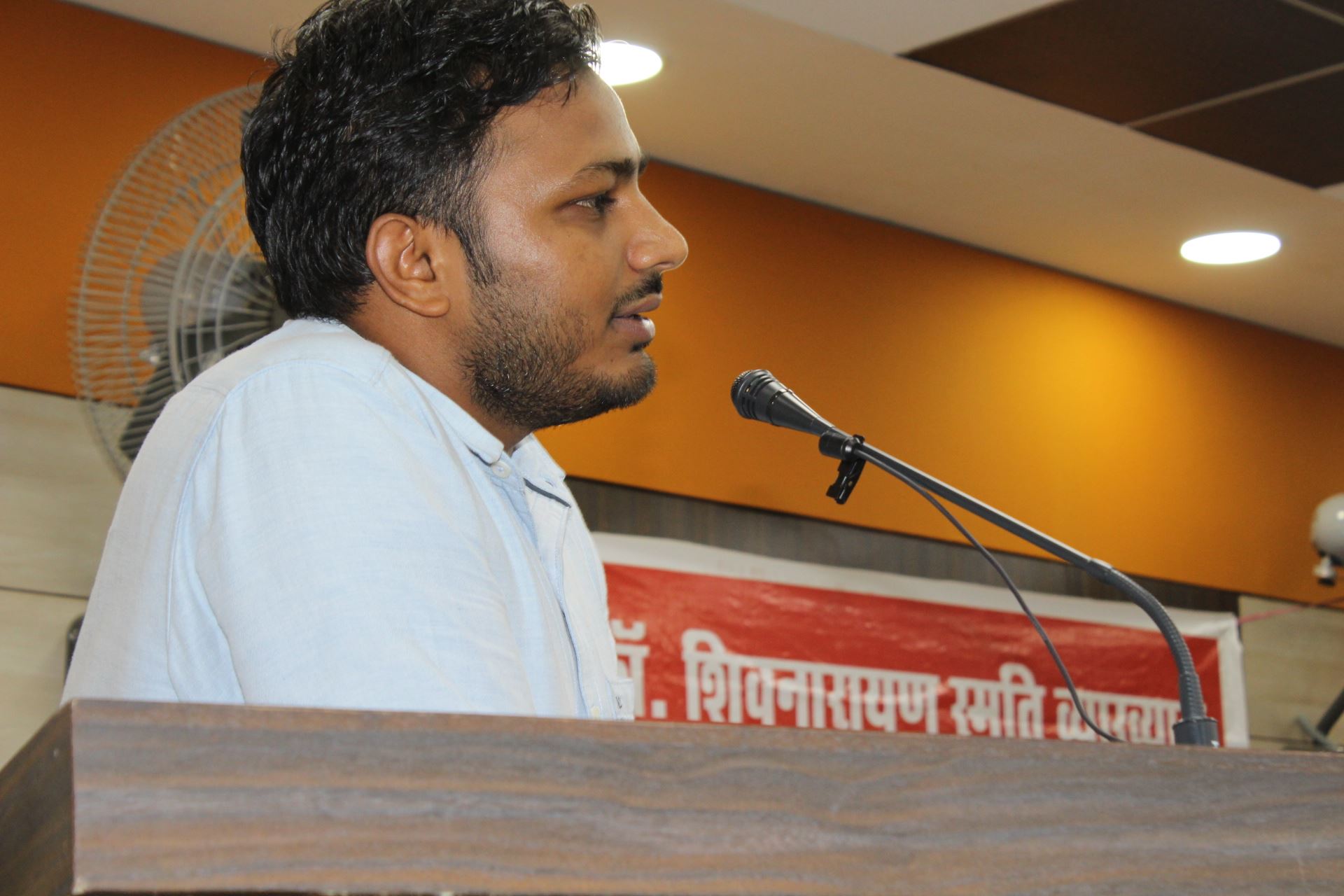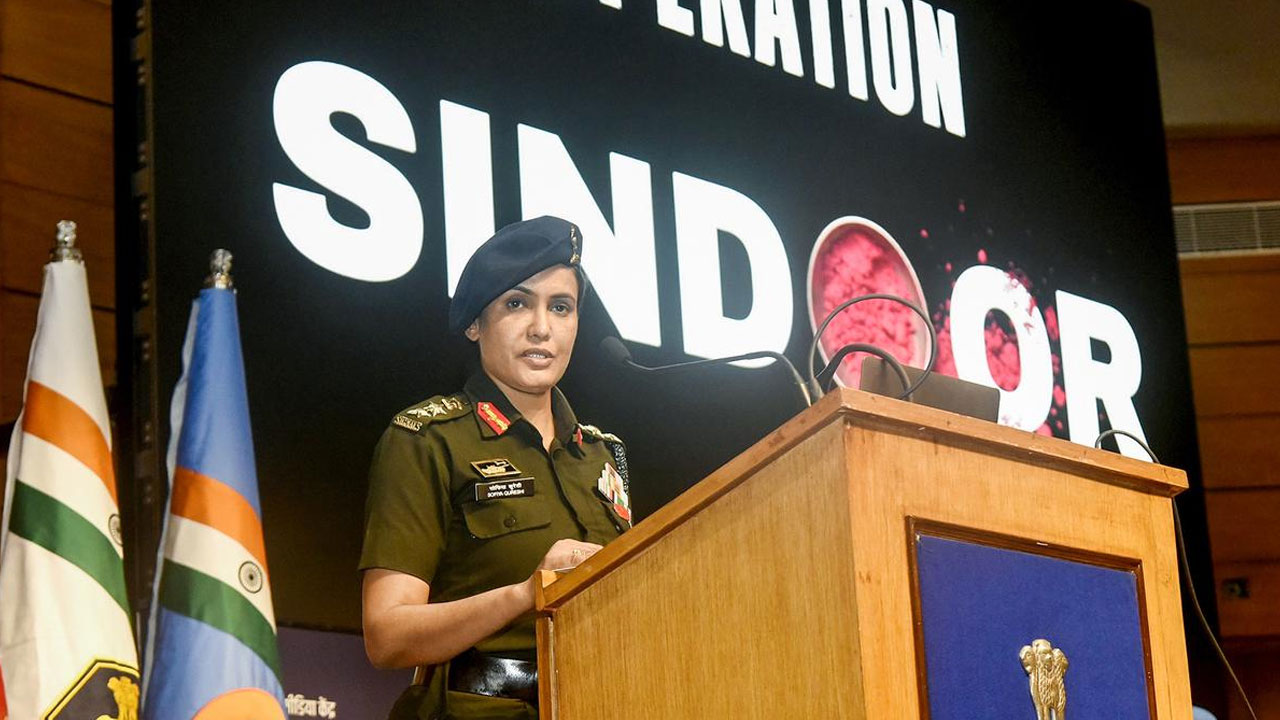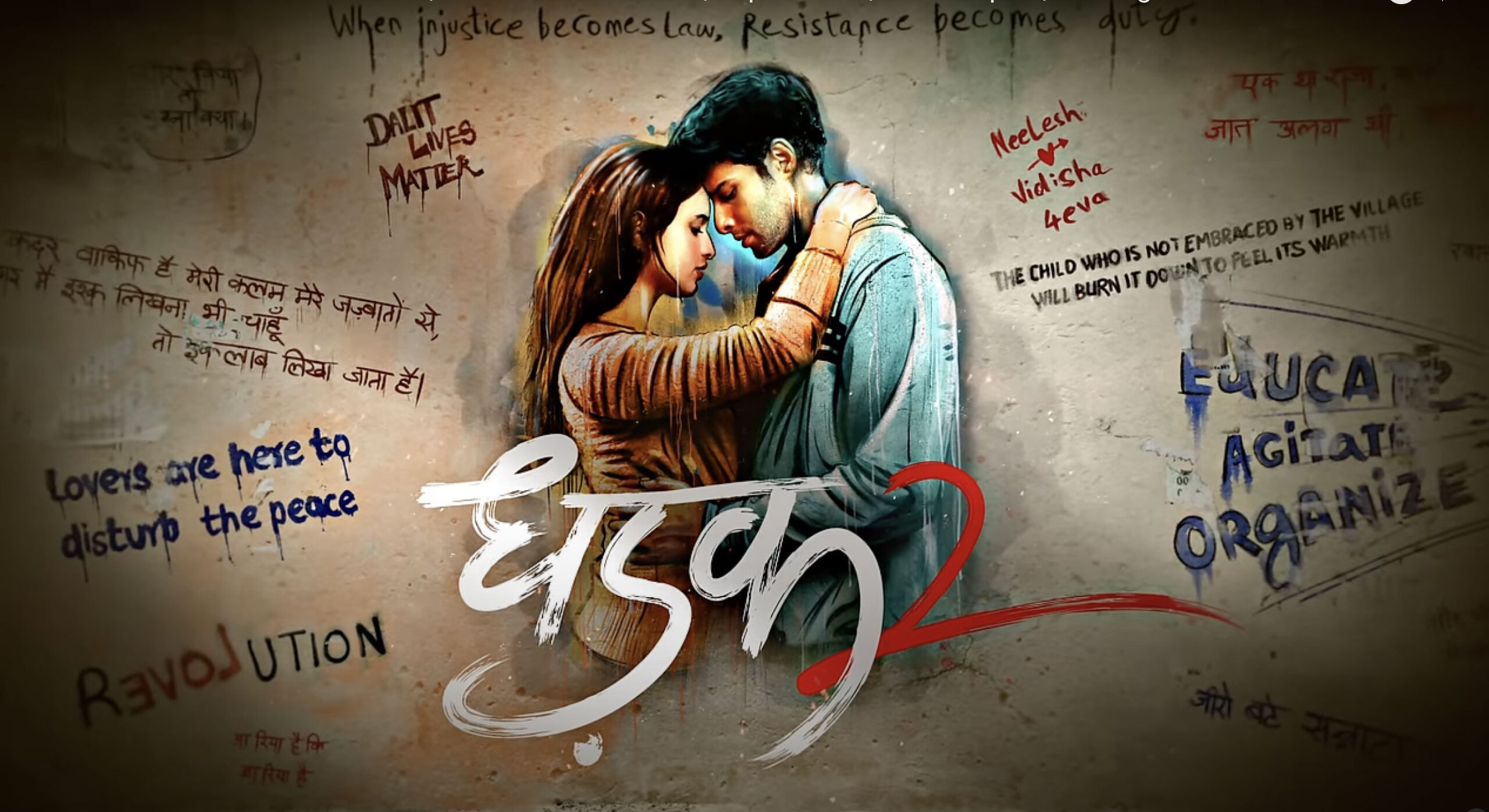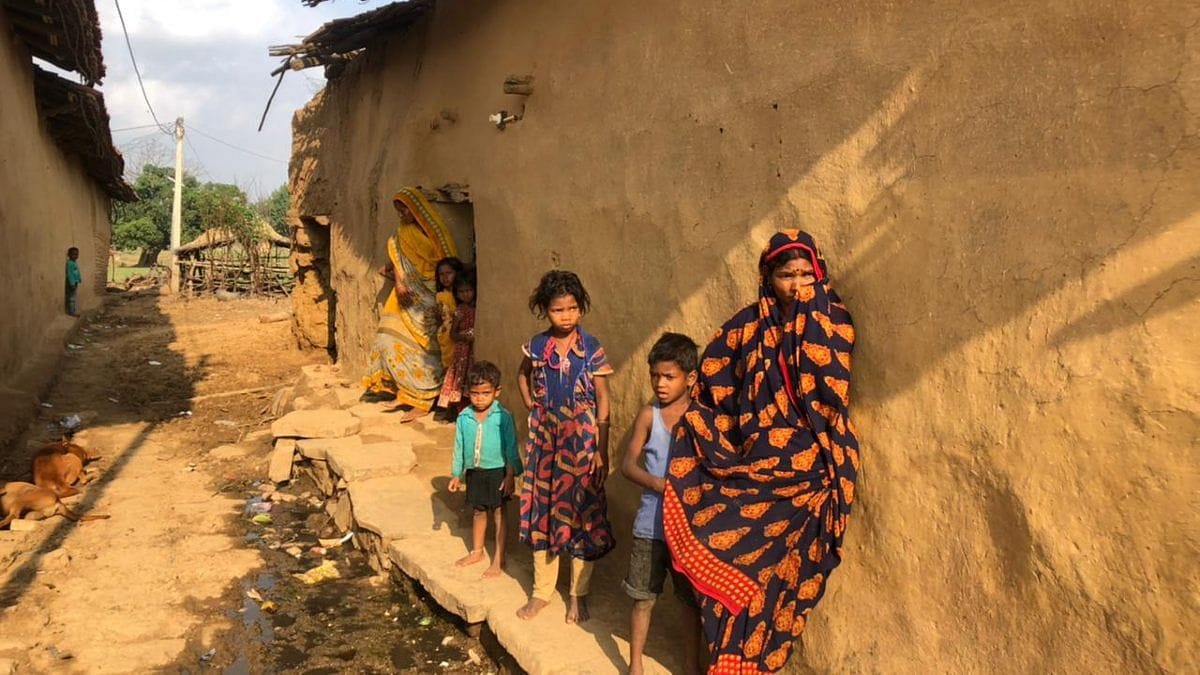At a time when divisive Hindutva politics is on the rise in the country, Asaduddin Owaisi’s All India Majlis-e-Ittehadul Muslimeen (AIMIM) is trying to expand its footprint outside Hyderabad. After an unexpected victory in two constituencies in the recent Maharashtra Assembly elections, MIM is readying itself for spreading its wings in Uttar Pradesh, Bihar, Jharkhand and Delhi. Since elections are round the corner in Delhi and Bihar, a sense of urgency informs MIM’s efforts to strike roots in a hitherto-uncharted territory.
The leaders of the Uttar Pradesh unit of the BJP believe that once MIM makes an entry into the state, it will provide the saffron outfit with an opposition that shares its communal outlook and ideology. In fact, wherever it goes, MIM is set to strengthen the majoritarian communalism and enhance the acceptability of the BJP.
While the 80-year-old MIM has always been charged with fanning Muslim communalism in Hyderabad, its supporters see it as an outfit capable of taking on anti-Muslim and radical Hindu communal organizations.
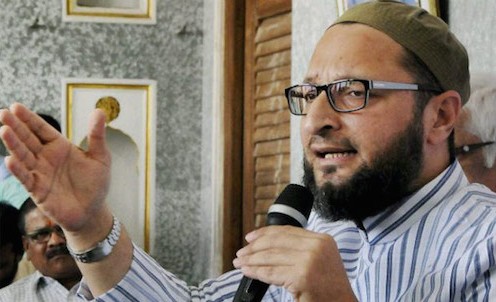
Some recent political developments indicate that BJP and MIM are helping each other in spreading communalism in the country. Both the parties have been jointly running the Nagpur Municipal Corporation since the elections that took place last year. By absenting themselves from a vote of confidence in the Maharashtra Assembly, the two MIM members indirectly supported Devendra Fadnavis’ government. What is the real motive of these parties? What is the ultimate objective of their politics? A pertinent question here is whether BJP and MIM have entered into a tacit agreement to turn the nation’s politics into a bipolar, Hindu-communalism-versus-Muslim-communalism contest.
MIM is planning to field candidates in the Delhi Assembly elections. If that happens, the electoral battlefield of Delhi may well witness a clash between Hindutva and Nizam-e-Khalifa. This politics of communal polarization is bound to put on the back burner the fundamental issues of concern to the common man such as food, clothes, education, housing, employment and healthcare. One need not be a rocket scientist to understand that majority and minority communalisms are two sides of the same coin. Both want to stifle democracy. However, Nehru had prophetically said that majority communalism is much more dangerous than minority communalism because the former often wears the garb of patriotism and simple-minded commoners fall into its trap; by the time they realize their folly, it is too late.
There is nothing surprising in the news that MIM is planning to try its luck in the Delhi Assembly polls. The recent spike in communal incidents in Delhi is evidence enough of some “fixing”. MIM may well open its account in some Muslim-dominated areas of the city. One doesn’t know what strategy the party proposes to employ in Delhi – whether it will resort to its time-tested formula of polarizing the Muslims or Asaduddin Owaisi has a new trick up his sleeve. In Maharashtra, the party had tried to forge a Muslim-Dalit alliance by raising the slogan of “Jai Bheem, Jai Meem”. MIM is known to concentrate on areas where the Muslim population is 20 per cent or higher.
The fact of the matter is that the political objectives of parties such as the BJP and the MIM are the same. Owaisi and those of his ilk must remember that no one who militates against the secular core of this country can hope to play a long innings in politics. The Owaisis of the country are being used to serve the ends of Hindutva and the BJP. Their utility begins and ends there.
A failure of all secular parties
By IRFAN ENGINEER
Majlis-E-Ittihad Muslimeen (or Council of Muslim Unity) was founded in 1927 as a federation of Muslim sects and communities to support and advice the then ruler (Nizam) of Hyderabad. After the defeat of his razakars and the merger of Hyderabad into the Indian Union, MIM remained dormant till about 1957, when it was revived by Sultan Salahuddin Owaisi “to back up your (Muslim) argument with political muscle”. In 1960, the MIM got 19 out of 30 seats it contested in the Municipal Corporation of Hyderabad (MCH); in 1967, three MIM candidates were elected to the state assembly; and in 1986, MIM was elected as the single largest party in the MCH. With the rise of the Telugu Desam Party in Andhra Pradesh, MIM predicted a division of non-Muslim votes in Hyderabad between TDP and Congress. Through its rabble-rousing, it aimed at polling a chunk of the 35 per cent Muslim votes in the 1984 general elections and has won the seat ever since. Muslims could be rallied behind MIM due to the perception of insecurity among the community that arose from the series of communal riots in the 1980s in the cow belt, along with the campaign for the demolition of the Babri Masjid.
MIM gained its first significant victory outside Telangana in the 2012 Nanded Municipal Corporation elections. MIM won 11 out of 81 seats in the city where 30 per cent the population is Muslim. That was a reaction to the arrest of innocent Muslim youths from Aurangabad, Malegaon and other places, and their implication in cases of terrorism. The election of Imtiyaz Jaleel from Aurangabad Central and Warris Pathan from Byculla, Mumbai, to the Maharashtra Legislative Assembly is the continuation of the same trend.
After MIM’s wins in these two constituencies in Maharashtra, a Muslim youth told this author: “We are not scared of the rise of Hindu nationalists and ready to face all the consequences. Nothing worse can happen. We must now have our [Muslim] community’s demand.” MIM’s expansion through aggressive assertion and rabble-rousing should be seen as a failure of all “secular” parties in safeguarding the rule of law and checking Hindu nationalization of the state. MIM is the mirror image of the Modi-ized BJP. As Modi is catering to the aspirations of the youth from the majority community, MIM is catering to the aspirations of the Muslim youth. The disillusionment with MIM too will set in sooner rather than later, as it did with Nihal Ahmed’s politics in Malegaon. MIM fills the youth with the false pride of the “glorious history of Muslim rulers” in India.
Published in the January 2015 issue of the FORWARD Press magazine

